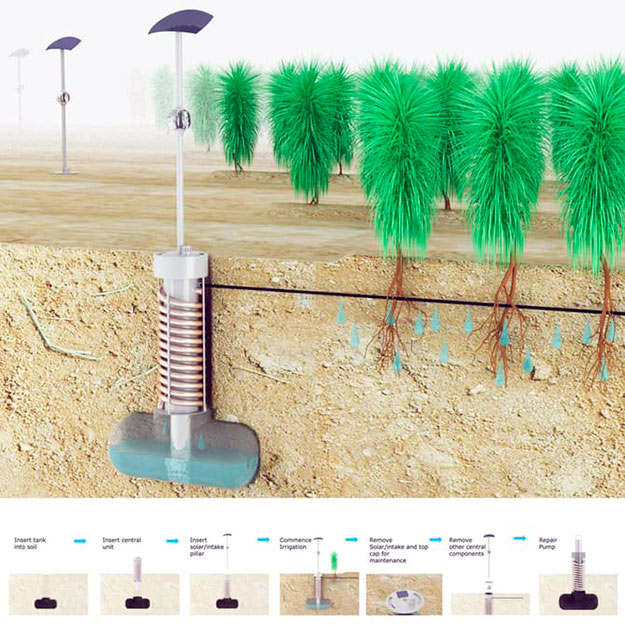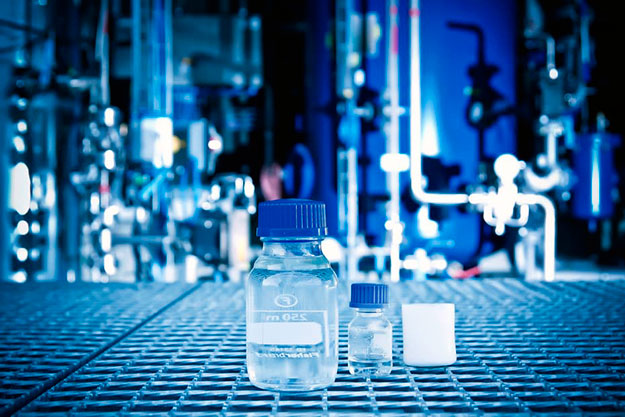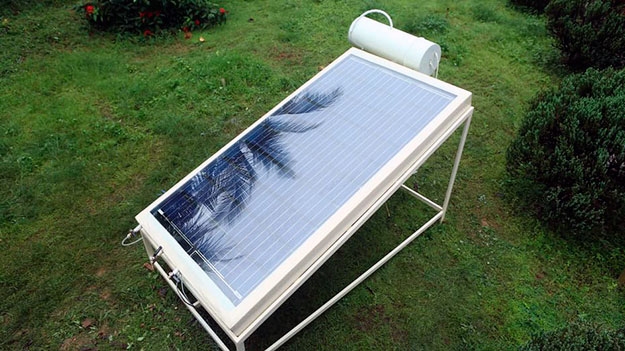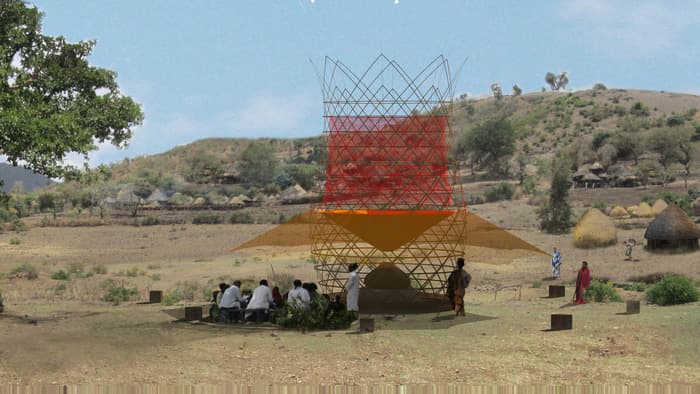When we complain about the rain, other people will often say “Yeah, but it’s good for the plants.” Well, thanks to a microturbine-based system created by three students from the Technological University of Mexico, it’s now also being used to generate electricity for use in low-income homes.
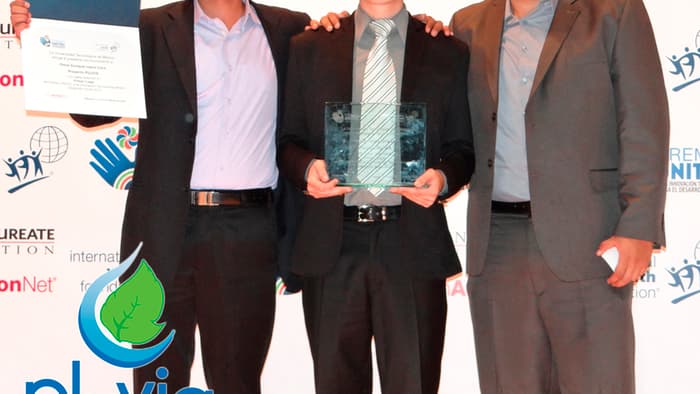
The three young inventors of the Pluvia system, which uses rainwater runoff to generate electricity.
In a nutshell, the Pluvia system – developed by Omar Enrique Leyva Coca, Romel Brown and Gustavo Rivero Velázquez – uses the stream of rainwater runoff from houses’ rooftop rain gutters to spin a microturbine in a cylindrical housing. Electricity generated by that turbine is used to charge 12-volt batteries, which can in turn be used to power LED lamps or other small household appliances. Read more







